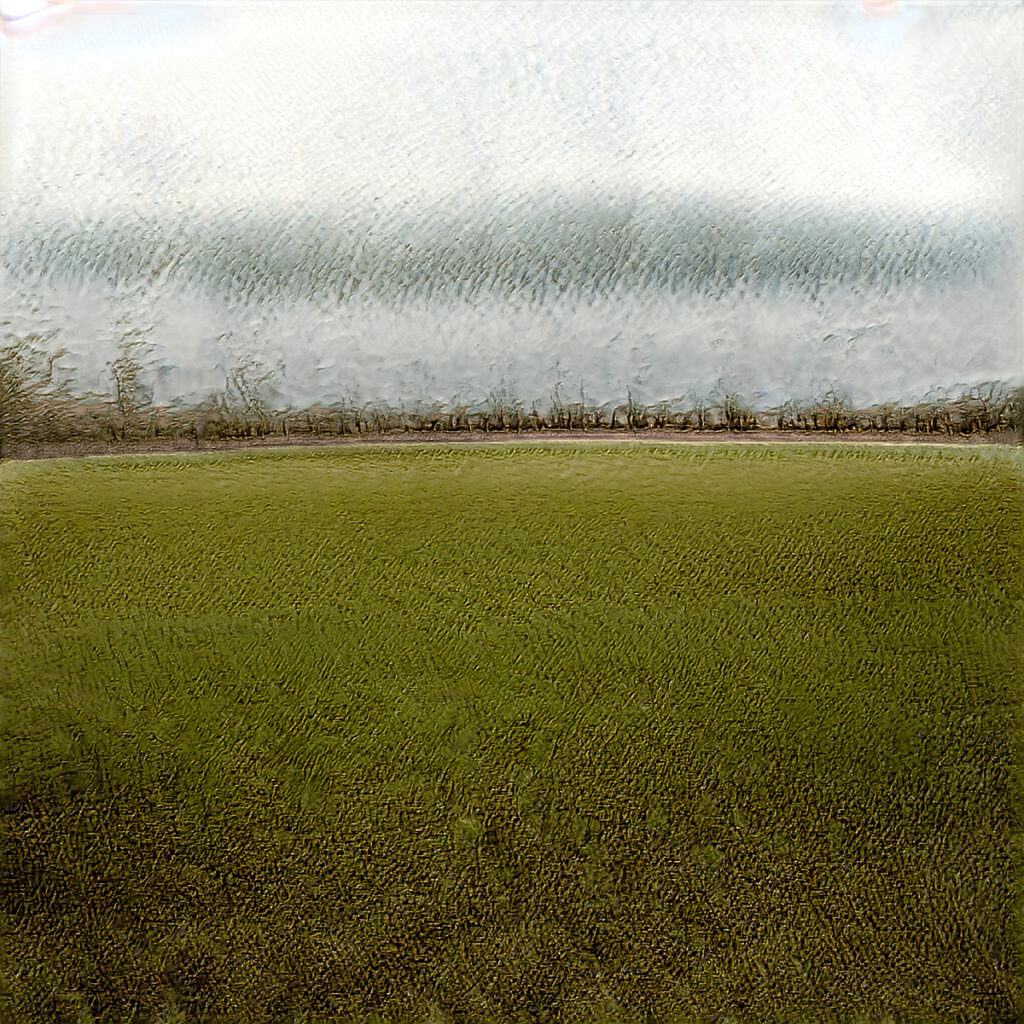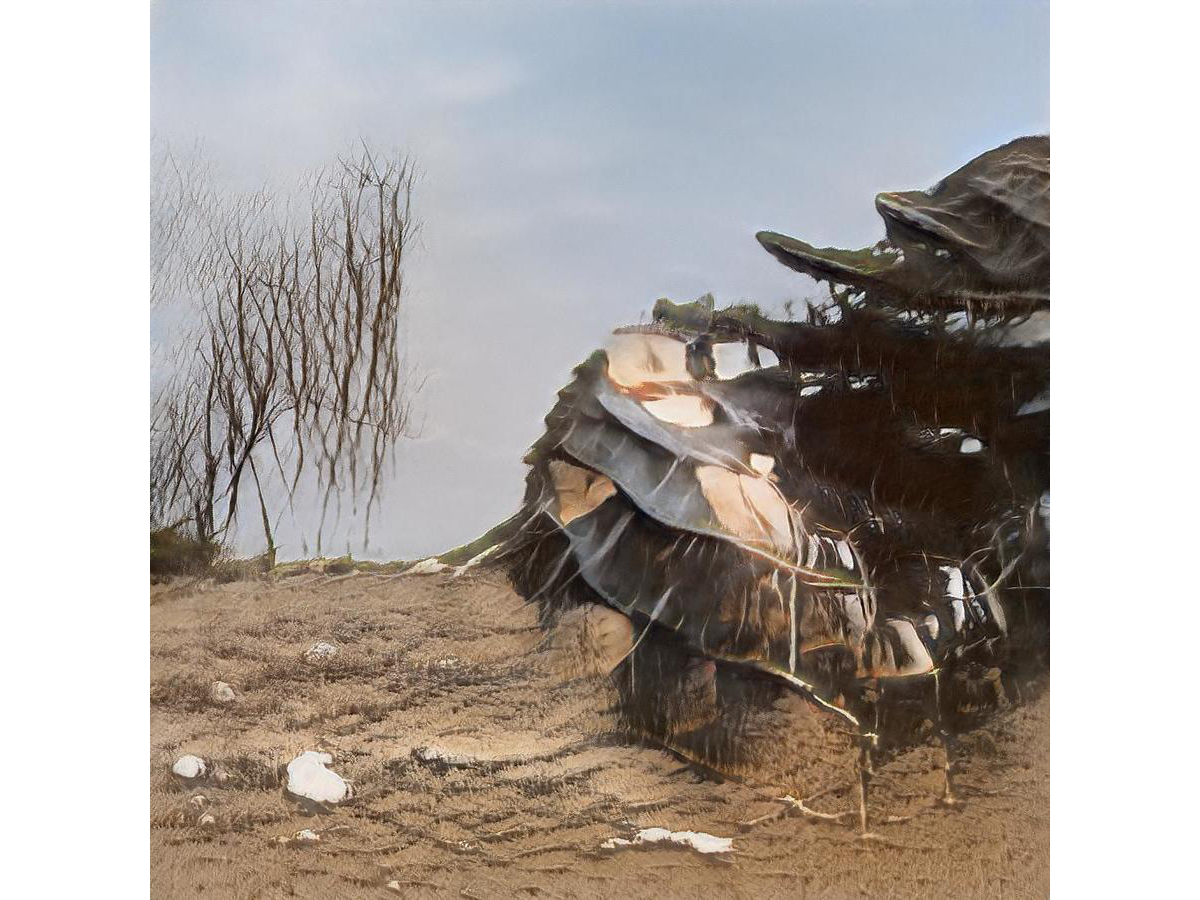Jonathan Hanahan
Assistant Professor
Washington University in St. Louis
Edgelands explores the increasing tension between the natural world and the infiltration of electronic waste. Electronic Waste (e-waste) is the fastest growing waste stream on the planet. While 70% of new technology is recyclable, only 30% of it actually gets recycled. As devices increasingly get smaller and more advanced, their ability to be recycled drastically decreases due largely to custom fabrication techniques and no industry recycling or extraction standard. This dilemma is leading to an enormous amount of material blanketing the surface of the earth and worse, a culture of hazardous extraction practices in illegal e-waste dumpsites. Rare earth minerals—which are expensive and intensive to extract—end up serving far shorter lives as useful materials than they should. This puts the planet on the edge of a situation where finding solutions to extract materials from existing products will soon outvalue and outperform the process of digging into the earth to extract new materials.

This body of work is a call to action for technology users, producers, and regulators regarding the ramifications of our capitalism driven desire for the newest and best alongside the global epidemic these discarding behaviors lead to. Edgelands is a research project in technology using technology. The project speculatively explores this situation through machine learning–‘breeding’ images of midwestern landscapes with images of illegal e-waste dumpsites in Africa, Asia, and India. The resulting trained neural network hypothesizes a world where the quantity of discarded electronics creeps into the periphery of everyday life and occupies the spaces abandoned by previous industries. The resulting output speculates on what this future might look like should we continue on the current trajectory. The images are simultaneously familiar and foreign, present and future, and aspire to encourage viewers to rethink their relationships to technology, devices, and the lifespan of said products.

This research was presented at the Design Incubation Colloquium 7.2: 109th CAA Annual Conference on Wednesday, February 10, 2021.
